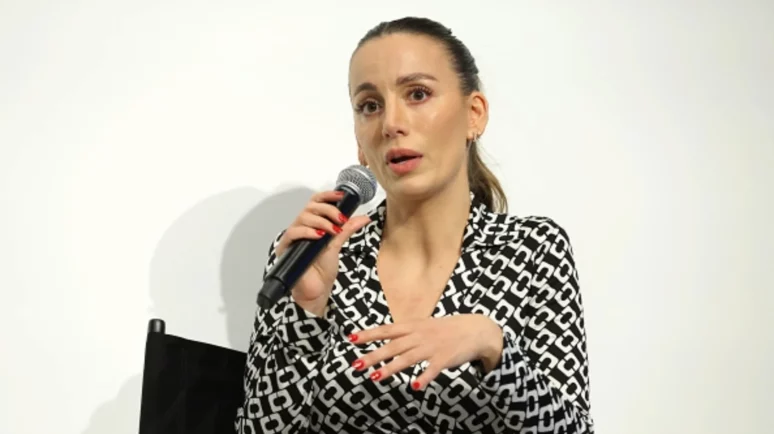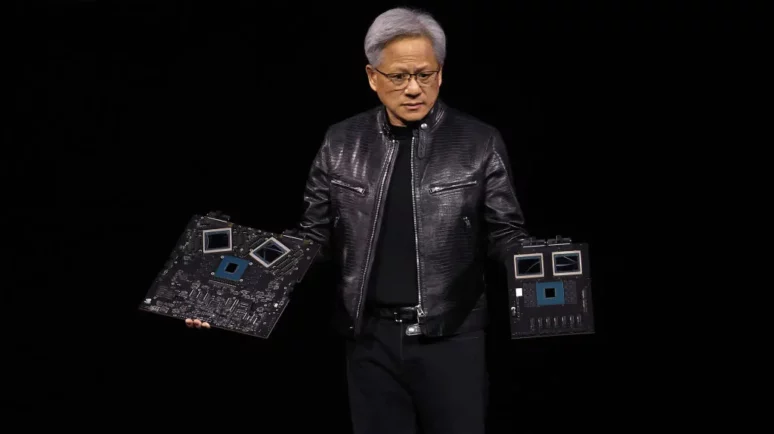Amazon ‘Walk Out’ Scrapped – How AI Failure Contributes to Store Decline

Amazon Fresh Stores will focus on offering Dash Carts, leaving Walk Out technology behind. | Credit: Peter Dazeley Getty Images.
Key Takeaways
- Amazon is discontinuing its Just Walk Out technology in US stores as part of a broader retail strategy overhaul.
- Despite its high-tech appearance, Amazon’s Just Walk Out technology heavily relied on manual human oversight.
- The system used raised privacy issues due to its intensive data-collection practices.
Amazon.com Inc. is set to eliminate the cashierless ‘Just Walk Out’ technology from its US grocery stores. This change signifies a major pivot in the company’s retail strategy, because it phases out a system it once touted as the future of shopping.
Reports that Amazon’s so-called cashier-less stores relied upon thousands of contractors in India acting as virtual cashiers, rather than magical AI technology, have further damaged the company’s reputation.
Behind the Illusion of Full Automation
When Amazon launched its Just Walk Out technology, the narrative focused on a futuristic shopping experience free from the constraints of traditional checkout processes. However, reports that Amazon’s AI shopping experience was driven by a large team of human workers in India who monitored purchases, shows a significant gap between the promise of AI-driven autonomy and the reality of human-supported operations.
The technology’s operational costs and maintenance requirements have also been prohibitive. This, as a result, limited its implementation to only half of the Fresh stores in the US.
Data Concerns Lead to Lawsuit
The extensive use of cameras and sensors in Fresh stores raised significant privacy concerns. The collection of biometric data without adequate consumer disclosure led to a class action lawsuit against the company.
Peter Romer-Friedman, an attorney representing the plaintiffs, told The Seattle Times: “Amazon owes its customers an explanation about how it’s operating these systems before people enter — so that people can decide for themselves whether they want to provide measurements of the size and shape of their body as a condition of getting a sandwich.”
Social media users have voiced their experiences following the recent Amazon announcement. One user wrote: “I went to the first one in Seattle and never quite felt comfortable in it. It does make me wonder about the data protection issues. What has happened to the video data? Did I, by walking in, agree to some sort of terms and conditions? “Please delete all my data” might be hard.”
Amazon’s Next Steps
Despite these challenges, Amazon plans to continue its foray into grocery stores with the introduction of ‘Dash Carts’ to the American market.
In an interview with The Information , Tony Hoggett, Amazon’s global grocery stores chief, said the company was shifting its focus away from its grocery stores to focus on its Dash Carts offering.
These carts, already tested in Whole Foods and Fresh stores, utilize scales and sensors to facilitate a more straightforward, real-time tracking of purchases, hopefully with fewer complexities and privacy concerns.


